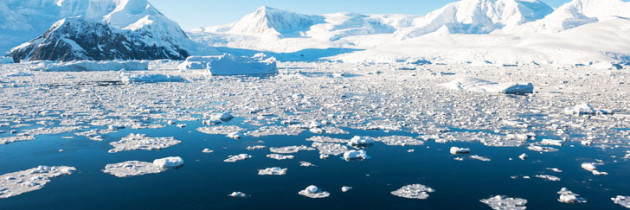Climate Model Predicts West Antarctic Ice Sheet Could Melt Rapidly
For half a century, climate scientists have seen the West Antarctic ice sheet, a remnant of the last ice age, as a sword of Damocles hanging over human civilization. The great ice sheet, larger than Mexico, is thought to be potentially vulnerable to disintegration from a relatively small amount of global warming, and capable of raising the sea level by 12 feet or more should it break up. But researchers long assumed the worst effects would take hundreds — if not thousands — of years to occur.
Now, new research suggests the disaster scenario could play out much sooner.
Continued high emissions of heat-trapping gases could launch a disintegration of the ice sheet within decades, according to a studypublished Wednesday, heaving enough water into the ocean to raise the sea level as much as three feet by the end of this century.
With ice melting in other regions, too, the total rise of the sea could reach five or six feet by 2100, the researchers found. That is roughly twice the increase reported as a plausible worst-case scenario by a United Nations panel just three years ago, and so high it would likely provoke a profound crisis within the lifetimes of children being born today.
The situation would grow far worse beyond 2100, the researchers found, with the rise of the sea exceeding a pace of a foot per decade by the middle of the 22nd century. Scientists had documented such rates of increase in the geologic past, when far larger ice sheets were collapsing, but most of them had long assumed it would be impossible to reach rates so extreme with the smaller ice sheets of today.
“We are not saying this is definitely going to happen,” said David Pollard, a researcher at Pennsylvania State University and a co-author of the new paper. “But I think we are pointing out that there’s a danger, and it should receive a lot more attention.”
The long-term effect would likely be to drown the world’s coastlines, including many of its great cities.
New York City is nearly 400 years old; in the worst-case scenario conjured by the research, its chances of surviving another 400 years in anything like its present form would appear to be remote. Miami, New Orleans, London, Venice, Shanghai, Hong Kong and Sydney, Australia, are all just as vulnerable as New York, or more so.
Fonte: The New York Times



